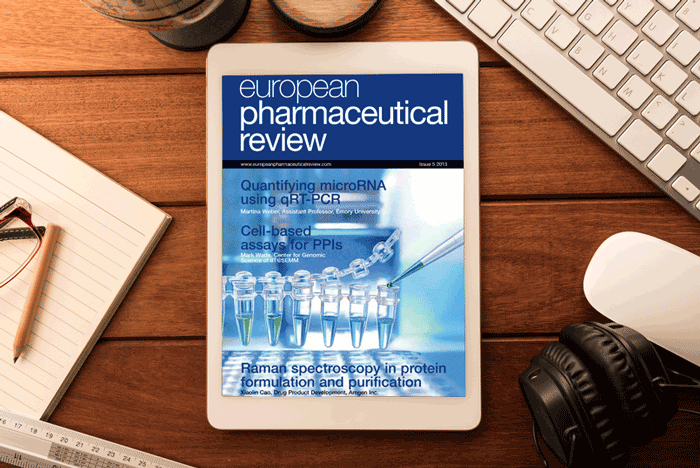Process systems engineering (PSE) in the pharmaceutical industry: past and future
15 December 2013 | By Christos Georgakis, Department of Chemical and Biological Engineering and Systems Research Institute for Chemical and Biological Processes, Tufts University and Gregory M. Troup, Merck Research Laboratories, Merck & Co., Inc
Process Systems Engineering (PSE) has had a profound impact in the chemical, petroleum and petrochemical industry in the last 30 - 40 years. Even though PSE has already started to make a significant impact on the pharmaceutical industry, there are substantial additional benefits that can be derived. The purpose of…































